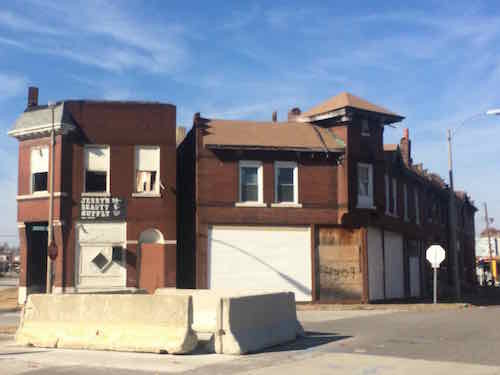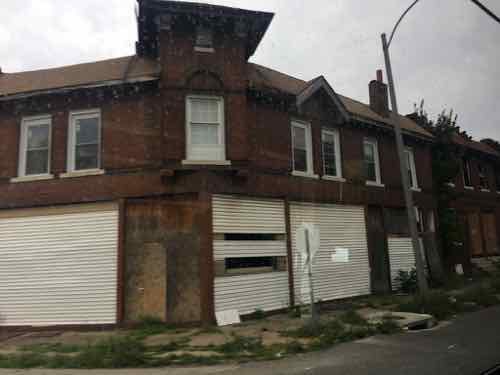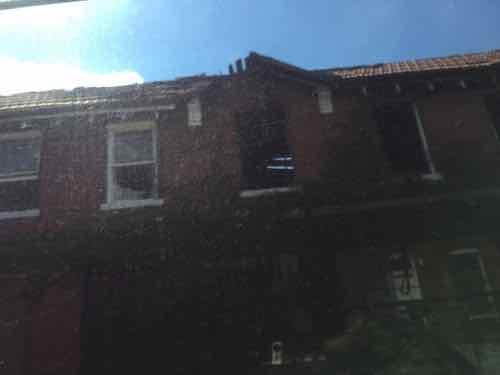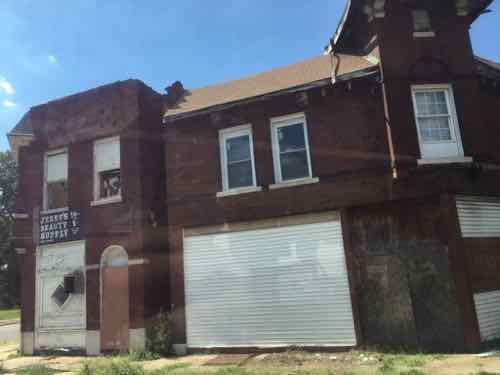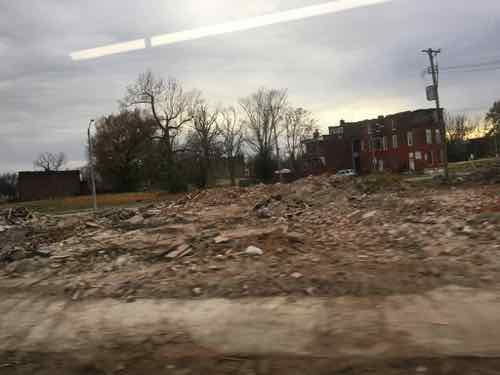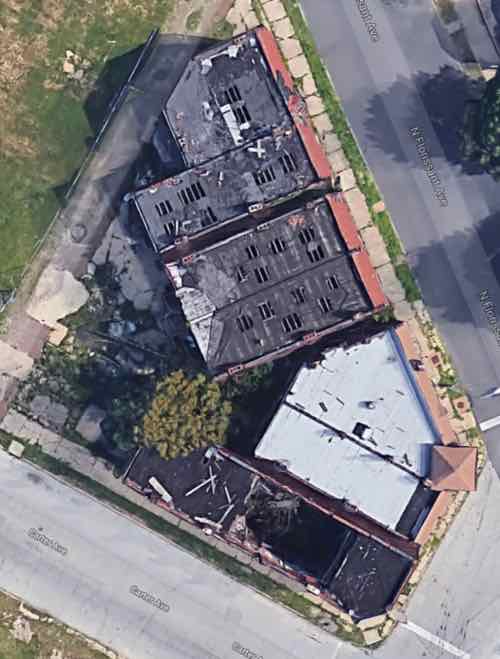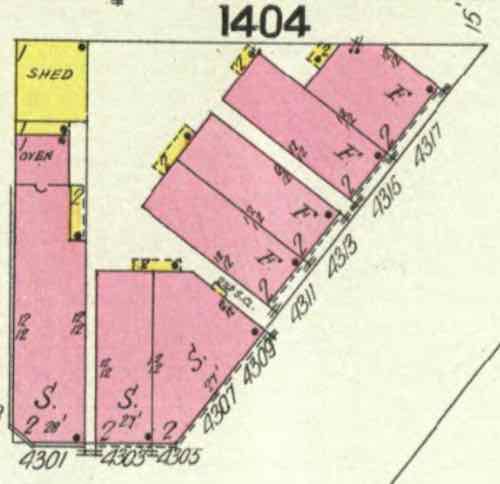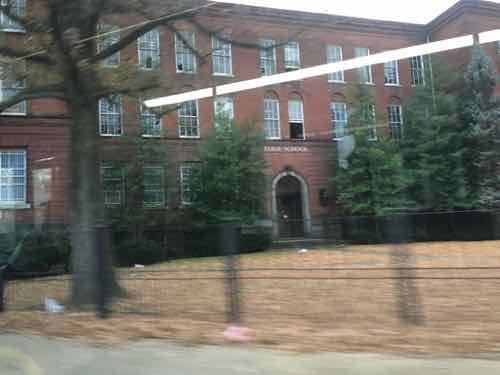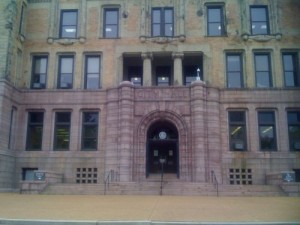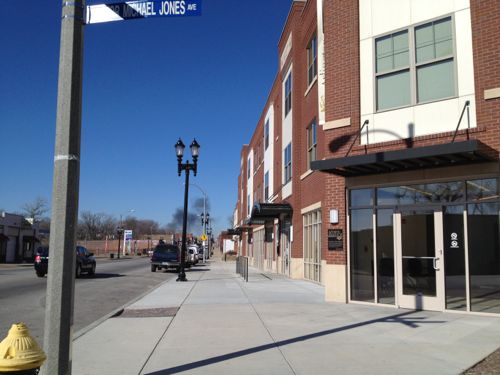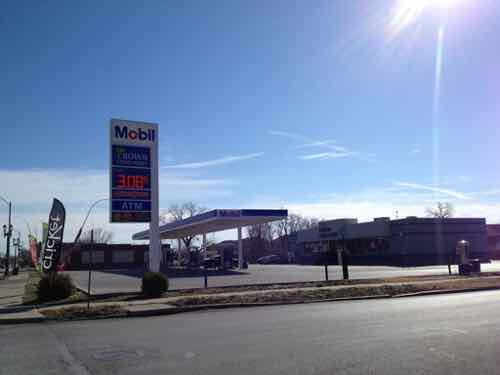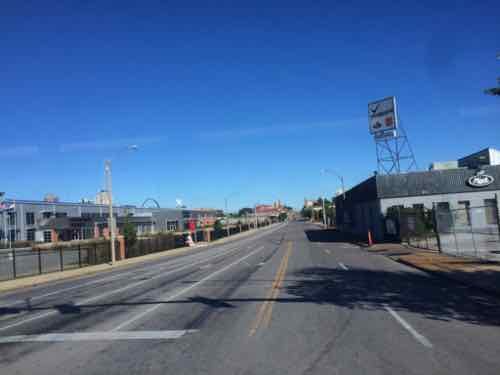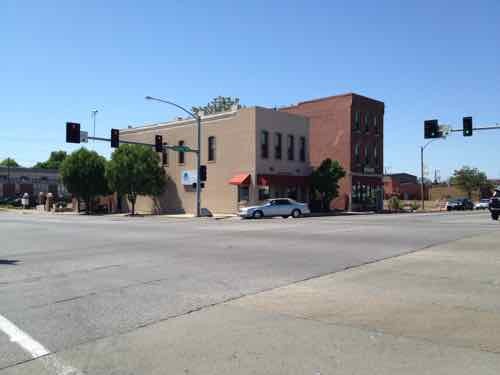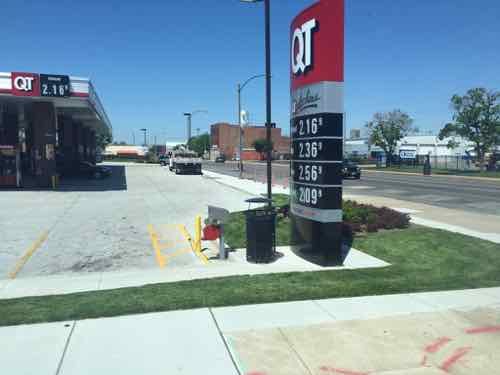Readers Want the Impossible: Amtrak Trains at St. Louis Union Station
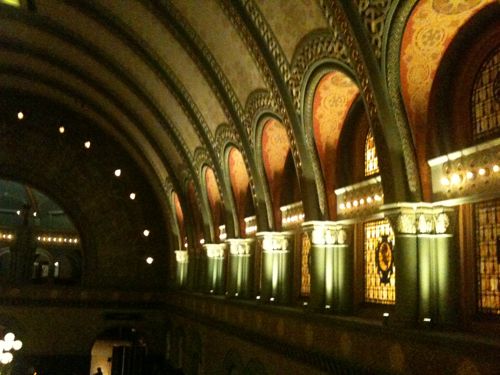
In the recent non-scientific Sunday Poll readers overwhelmingly indicated they’d consider using Amtrak if trains departed/arrived at St. Louis Union Station.
Q: Agree or disagree: I’d consider taking Amtrak if trains arrived/departed at St. Louis Union Station
- Strongly agree: 22 [53.66%]
- Agree: 6 [14.63%]
- Somewhat agree: 2 [4.88%]
- Neither agree or disagree: 5 [12.2%]
- Somewhat disagree: 0 [0%]
- Disagree: 3 [7.32%]
- Strongly disagree: 3 [7.32%]
- Unsure/No Answer: 0 [0%]
Well, to the nearly 75% who agreed I have some bad news for you. Amtrak trains will never use Union Station again. Ever.
For more than 28 years I’ve lived in St. Louis I’ve heard people suggesting the return of Amtrak to Union Station and for 28 years I’ve just been struck by a complete lack of understanding about rail service and station design.
The decline of trail [rail] travel began following World War II, as traffic dropped significantly, even while railroads began to update their passenger fleets with new equipment in the 1950s hoping to retain passengers and ward off ever increasing competition from the automobile and airplane (the development of jet propulsion only worsened the situation). Technically, passenger rail travel peaked in this country during the first two decades of the 20th century and slowly declined thereafter, particularly with the onset of the Great Depression. However, it also did not help that President Dwight Eisenhower enacted the Interstate Highway System in 1956 (also known as the National Interstate and Defense Highways Act). By that time railroads were beginning to see the writing on the wall and cutback their services, with most giving it up altogether by the start of Amtrak in 1971. (American-Rail.com)
By the time the stock market crashed in 1929 St. Louis Union Station had been open for 35 years. This was a poor time to be the largest U.S. railroad station. The last train pulled out from the huge train shed 49 years later. The main building (from “Headhouse”) hadn’t been used for nearly a decade. With only a few trains per day having such a huge facility made no sense. It would’ve happened sooner if another option existed.
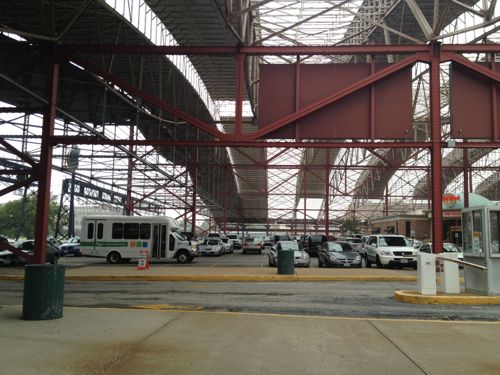
You might point out the Kansas City still uses their Union Station for Amtrak service. Yes, yes they do. It’s a through-station, not an end-station.
Through-stations and end-stations are completely different design and planning problems. They generate completely different kinds of space and completely different sensations of arrival and departure. It’s pointless, for example, to compare New York’s dreary Penn Station, a through-station, with magnificent Grand Central, an end-station. They are apples and radishes. (Human Transit)
In the 19th century when 22 railroads built Union Station they correctly saw St. Louis’ population computing to grow. They wanted a facility they wouldn’t outgrow like the original St. Louis Union Station on 12th (Tucker). They decided their station would be an end-station, not a through-station. Half a century later the decline of rail passengers, the failure of passenger rail companies, and the fact Chicago beat St. Louis as the midwest end city meant St. Louis Union Station, a beautiful design, was incredibly obsolete for rail travel.
Kansas City’s Union Station has been able to reutilize most of the building to other uses, with Amtrak using a small part for ticketing and waiting, It’s a short distance out to the platform at the through tracks. From the back of the shed at St. Louis Union Station it’s still a very long distance to the tracks — plus office buildings and the closed movie theater block the path.
In the 70s Amshack was built at the tracks. I recall using this in the 90s. Then a slightly nicer Amshack 2 was built, I used this in the aughts. The station I’ve used the most opened a decade ago…today. Yes, it took until November 21, 2008 to open a proper station. I was there for the ribbon cutting ten years ago, and I’ve been back many times since as a traveling customer.
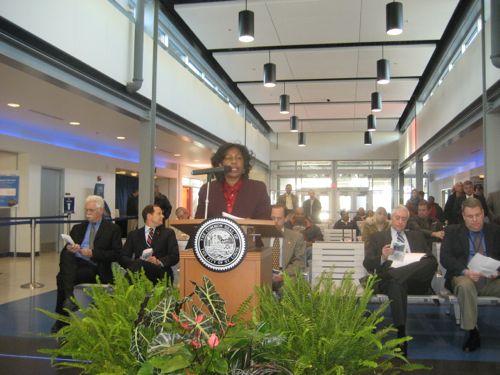
Over the last decade the maintenance was allowed to get behind, prompting me to label it Amshack 3 in 2017. Thankfully it was improved on my last train trip, in February 2018.
Please understand Union Station is a magnificent asset to St. Louis — but it was last useful as a train station about 75 years ago. Embrace the current station, or use the new Alton Station if you’re headed North on Amtrak. The rail improvements started during the Obama administration have greatly improved the St. Louis to Chicago experience. Stop waiting for trains at Union Station — use the station we’ve had for the last decade.
— Steve Patterson
